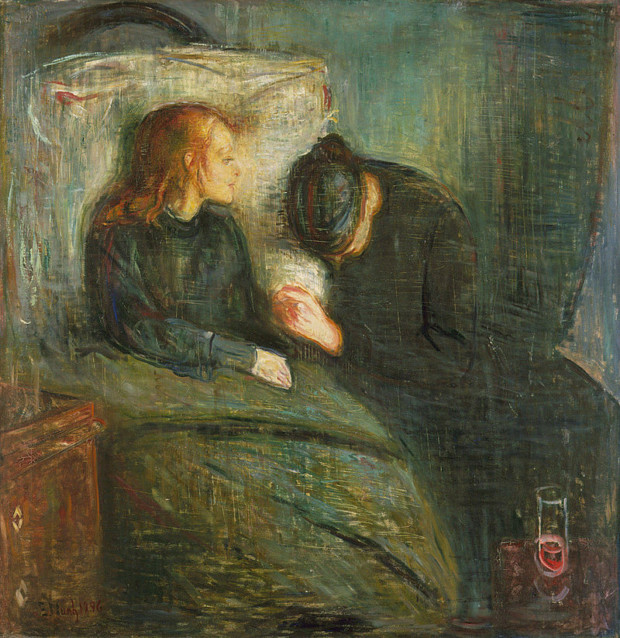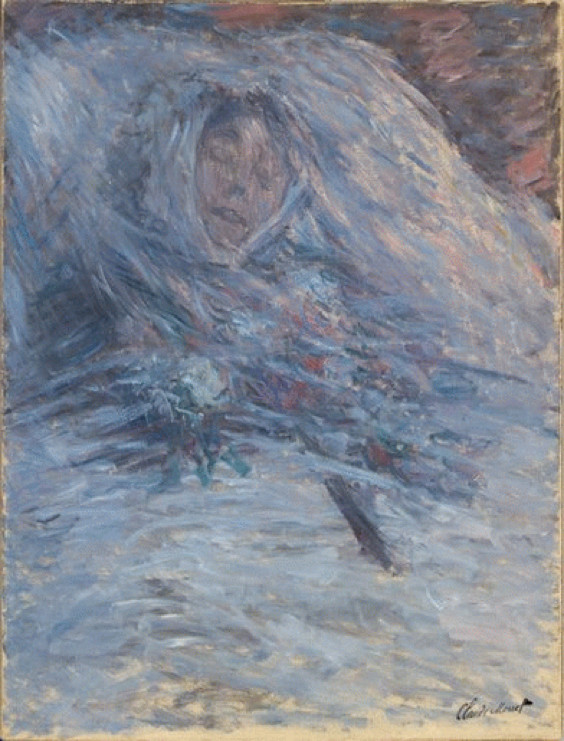Madness in Art: A Powerful Connection
Madness and art have long shared a profound and powerful connection, where the boundaries between genius and instability often blur. Many acclaimed...
Maya M. Tola 28 October 2024
November is a month of runny noses, sniffing, and coughing (at least in cold parts of Europe…). If you’re lying in bed with a fever, we have the best medicine for you: art! These paintings, showing various takes on sickness in art, will accompany you in your illness and show that you are not alone.

Francisco Goya presents himself with his personal doctor, Mr. Eugenio José García Arrieta, right after the second serious attack of his mysterious illness. In his dedication, he writes: “Goya, in gratitude to his friend Arrieta: for the compassion and care with which he saved his life during the acute and dangerous illness he suffered towards the end of the year 1819 in his seventy-third year. He painted it in 1820″. Goya suffered from dizziness, partial blindness, abdominal pains, and deafness. By the end of his life, he turned completely deaf.

Illness was one of the key themes that recurred in Edvard Munch’s art. he painted a series of six paintings and many lithographs entitled the Sick Child in which he painfully rendered a lethally ill child. Illness seriously marked Munch himself: he lost his mother to tuberculosis when he was only 5, and his sister died from the same illness 9 years later. He wrote in his diary that he lived with the dead and we can certainly see this in his works.

Camille Doncieux was Claude Monet’s first wife. She was mother to two sons by Monet but fell ill. Most of the money from the artist’s sales would be dedicated to her treatment but unfortunately, it didn’t help and in 1879 she died. Most possibly she suffered from pelvic cancer or tuberculosis. She was the subject of many Monet’s works right until the end of her life.

Damien Hirst, controversial and spooky as always. He asked his granny to leave him all empty packaging after used medicine after her death. The collection filled 12 collage works which Hirst described: “You can only cure people for so long and then they’re going to die anyway. You can’t arrest decay but these medicine cabinets suggest you can.”
DailyArt Magazine needs your support. Every contribution, however big or small, is very valuable for our future. Thanks to it, we will be able to sustain and grow the Magazine. Thank you for your help!